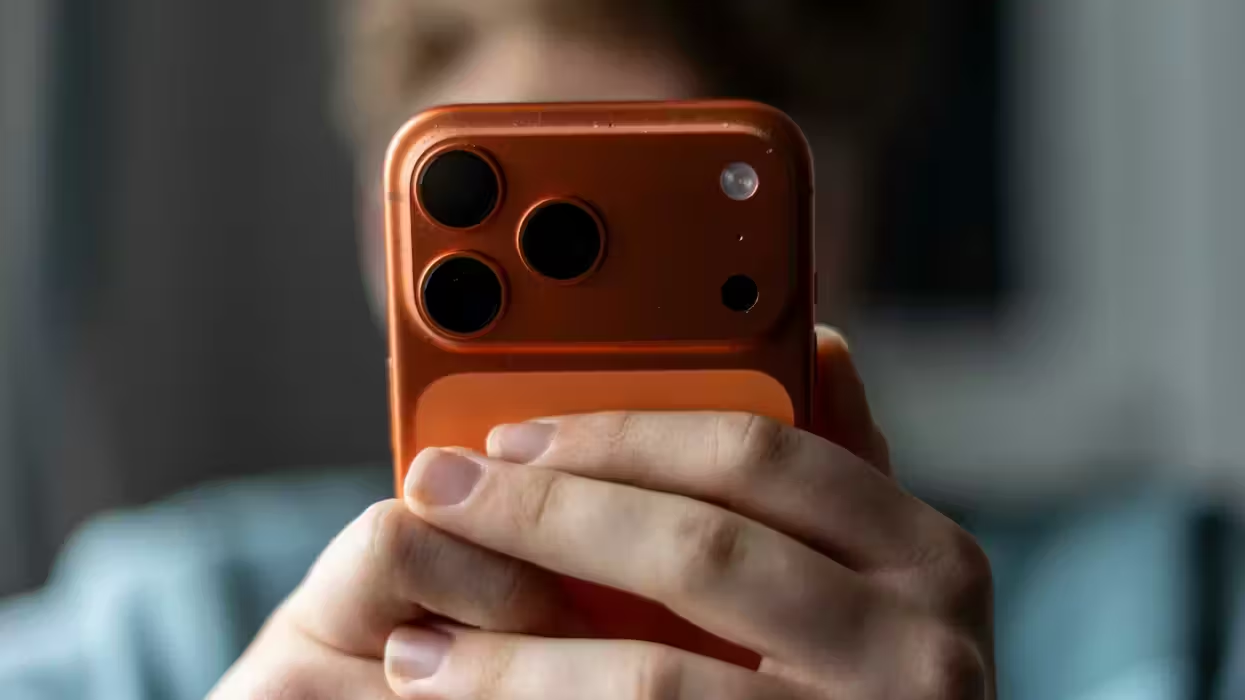
© 2025 Blaze Media LLC. All rights reserved.
"Nanotubes are like conductive spaghetti."
Scientists at Stanford are looking to make humanoid robots even more realistic or perhaps restore lost skin functionality to people with prosthetics, developing synthetic skin that is bendable and sensory.
Creating a clear, stretchy array of nanotubes, researchers have created a sensor that registers both touch and pressure. According to the Stanford News, the "skin" is developed from a thin layer of spray on carbon nanotubes on a piece of silicone:
When the nanotubes are airbrushed onto the silicone, they tend to land in randomly oriented little clumps. When the silicone is stretched, some of the "nano-bundles" get pulled into alignment in the direction of the stretching.When the silicone is released, it rebounds back to its original dimensions, but the nanotubes buckle and form little nanostructures that look like springs.
[...]
Stretching the nanotube-coated silicone a second time, in the direction perpendicular to the first direction, causes some of the other nanotube bundles to align in the second direction. That makes the sensor completely stretchable in all directions, with total rebounding afterward.
Watch the researchers explain the synthetic, touch/pressure-sensing skin:
[H/T Gizmodo]
Want to leave a tip?
We answer to you. Help keep our content free of advertisers and big tech censorship by leaving a tip today.
Want to join the conversation?
Already a subscriber?
more stories
Sign up for the Blaze newsletter
By signing up, you agree to our Privacy Policy and Terms of Use, and agree to receive content that may sometimes include advertisements. You may opt out at any time.
Related Content
© 2025 Blaze Media LLC. All rights reserved.
Get the stories that matter most delivered directly to your inbox.
By signing up, you agree to our Privacy Policy and Terms of Use, and agree to receive content that may sometimes include advertisements. You may opt out at any time.







